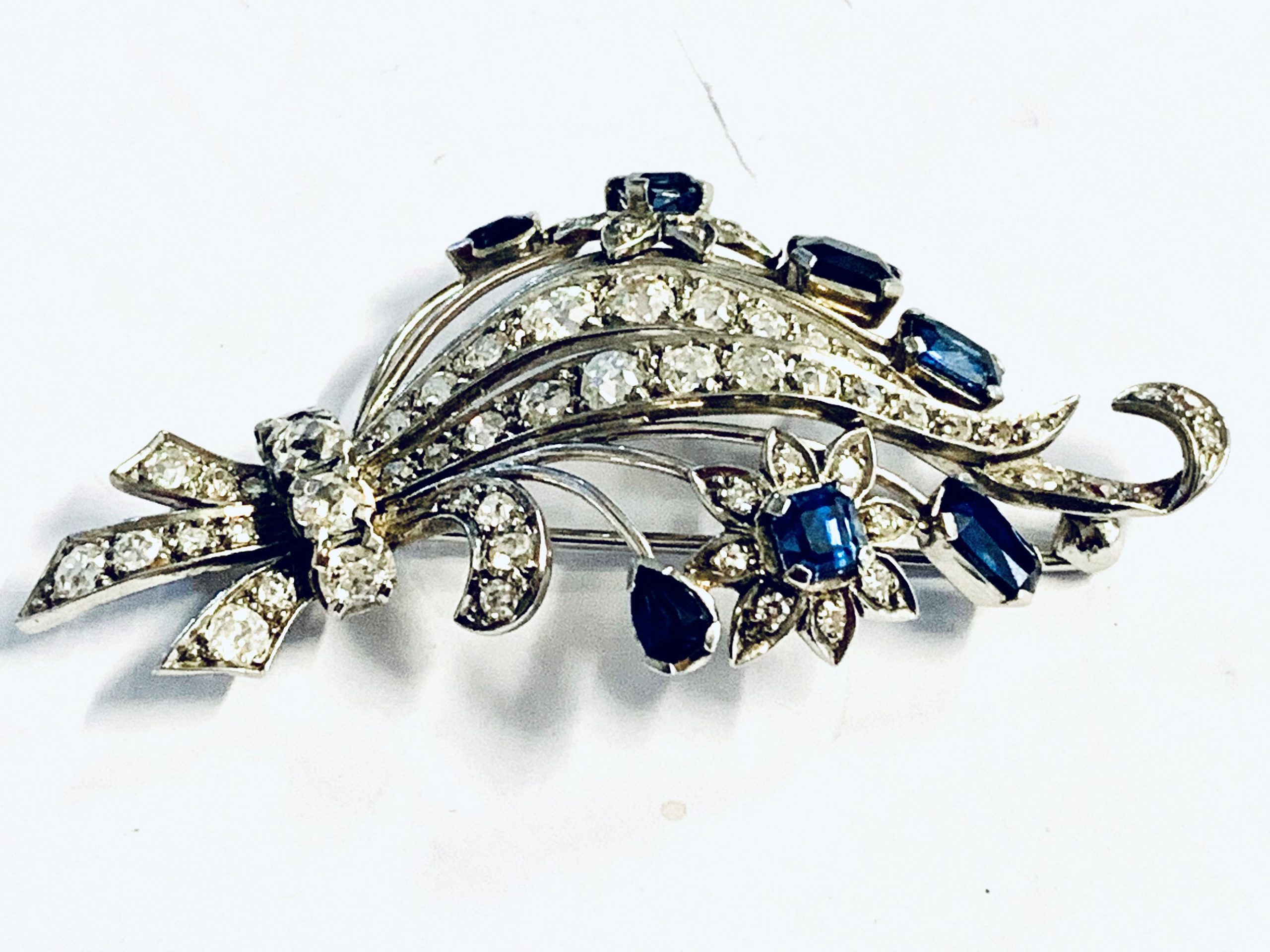
When selling scrap gold, it’s important to understand how it’s weighed, priced, and valued to ensure you get the best deal possible.
Gold, whether in the form of broken jewelry, coins, or other items, is often weighed using a special unit called a troy ounce, a crucial concept for gold sellers to be aware of.
What is a Troy Ounce?
Scrap gold is typically weighed in troy ounces, a unit of measurement commonly used in precious metals trading.
A troy ounce differs from the more familiar avoirdupois ounce (used to weigh most everyday items).
Specifically, 1 troy ounce equals approximately 31.1 grams, which is slightly more than the 28.35 grams in a standard ounce.
For anyone selling gold, knowing the distinction between these measurements is key, as a misunderstanding could lead to inaccurate valuations and lower returns.
How Buyers Price Scrap Gold
The next step in understanding scrap gold transactions is how buyers determine the price they’re willing to pay.
Most scrap gold buyers typically offer between 60% and 80% of the market price for your gold. This price variation reflects the costs and efforts involved in refining the gold and transforming it back into pure, marketable form.
Why Only 60% to 80% of Market Price?
It might seem like a significant discount, but several factors explain why buyers don’t pay full market price:
Refining Costs: Scrap gold must be melted down and refined to remove impurities, which involves both time and money.
Risk and Overhead: Gold buyers, especially smaller operations, assume a degree of risk regarding market fluctuations and the purity of the gold they receive.
They also need to cover operating costs such as testing equipment, labor, and storage.
Profit Margin: Like any business, gold buyers need to make a profit, which is factored into the price they offer for scrap gold.
Tips for Getting the Best Price for Scrap Gold
Know the Current Market Price: Always check the current price of gold before approaching a buyer.
Having this knowledge will help you understand if you’re receiving a fair offer.
Weigh Your Gold in Grams: Since 1 troy ounce equals 31.1 grams, weighing your gold in grams can help you estimate its worth before selling.
This will also prevent any confusion or miscommunication regarding the weight of your gold.
Shop Around:
Prices can vary between buyers, so it’s worth visiting multiple places to ensure you’re getting the best possible deal.
Some buyers may offer higher percentages of the gold’s market value, particularly if you have large quantities.
Consider Purity:
The purity of your gold affects its value. 24k gold is pure, but most jewelry and scrap gold are made from 10k, 14k, or 18k gold. Be sure to know the karat value, as buyers will price accordingly.
Ask About Fees:
Some buyers may charge fees for processing, refining, or testing your gold. Always ask upfront if there are any fees deducted from the price.
Selling scrap gold can be a smart way to unlock the value of broken or unwanted items, but understanding how your gold is weighed and priced is essential.
By knowing that gold is measured in troy ounces (31.1 grams) and that most buyers offer between 60% to 80% of market price, you can confidently navigate the process.
Remember to check the current gold price, weigh your gold in grams, and compare offers from various buyers to maximize your return.
By staying informed, you’ll ensure that your scrap gold is sold for its true worth, helping you make the most of your investment.
The GoldCompany pays 90 – 98 % for 999.9 bullion. The highest payback in the market.


Comments are closed